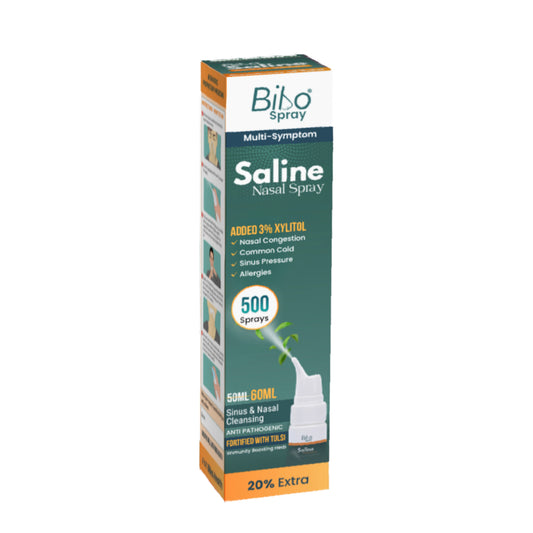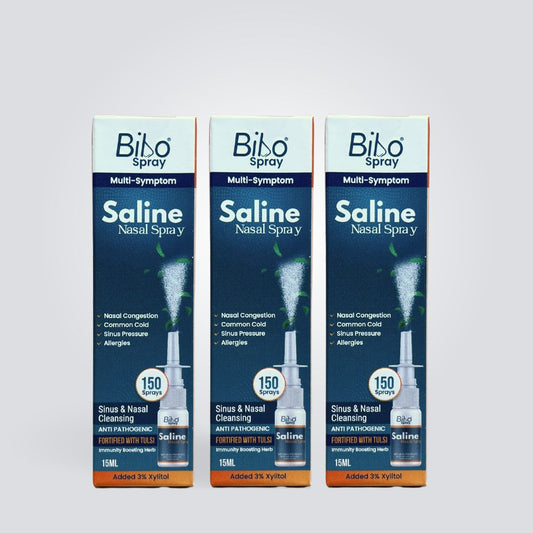
Blog written by: Dhrithi Bhat
Sinusitis is a common condition caused by inflammation of the sinus cavities for a variety of reasons, including infection, allergies, or structural abnormalities. The sinus cavity, also known as the sinus bursa, is an air-filled space in the bones of the face and skull whose main function is to produce mucus to help rehydrate, protect the nasal passages and reduce the weight of the skull.
With sinusitis, the sinus sacs become inflamed and produce excess mucus, which leads to increased sinus pressure. This stress can cause a range of symptoms, including pain, congestion, and headaches.
Here are some of the ways sinusitis puts pressure on the sinus sacs:
Air pressure: The sinuses are made up of delicate bony canals lined with even more delicate nasal tissue. Normally, the ducts should be open, and air should flow from high pressure to low pressure in and out of the sinuses. The air in the sinuses, in the nasal cavity and outside the nasal cavity should have approximately the same pressure. Problems arise when one or more pipes swell and clog. High pressure usually comes from the sinuses, but low pressure further swells the lining of the nasal cavity, which can lead to pain, increased mucus production and possible bleeding, and makes a person susceptible to sinus infections.
Inflammation: Sinusitis causes inflammation of the sinus sacs, causing swelling and excess mucus. This inflammation can narrow the openings that connect the sinuses to the nasal passages, making it difficult for mucus to pass normally. As a result, the pressure in the sinuses increases.
Blockage: Sinusitis can also cause the sinus sacs to become blocked, preventing mucus from draining properly. This blockage can be due to a variety of factors, such as polyps, a deviated septum, or mucus build-up. The blockage can cause mucus to build up, which can lead to pressure on the sinuses.
Infection: In some cases, sinusitis can be caused by a bacterial or viral infection. When this happens, the immune system fights the infection by sending white blood cells to the infected area. This immune response can cause swelling and inflammation, leading to increased sinus pressure.
Allergies: Allergies can also cause sinusitis by triggering an immune response that leads to inflammation and excess mucus production. This puts pressure on the sinuses, leading to symptoms such as congestion and headaches. Finally, sinusitis creates pressure in the sinus pockets through a variety of mechanisms, including inflammation, obstruction, infection, and allergies. If you have symptoms of sinusitis, such as facial pain or pressure, congestion, or headache, it's important to see your doctor for proper treatment.
References:
- Mayo Clinic Staff. (2021). Sinusitis. Mayo Clinic. https://www.mayoclinic.org/diseases-conditions/sinusitis/symptoms-causes/syc-20377310.
- https://www.sharecare.com/health/ear-nose-throat-health/how-air-pressure-affect-sinuses
- Cleveland Clinic. (2021). Sinusitis. https://my.clevelandclinic.org/health/diseases/10407-sinusitis.
- American Academy of Otolaryngology-Head and Neck Surgery. (2021). Sinusitis. https://www.enthealth.org/conditions/sinusitis/.




